Bare Root Hollyhock Plants: Tips For Planting Hollyhock Roots
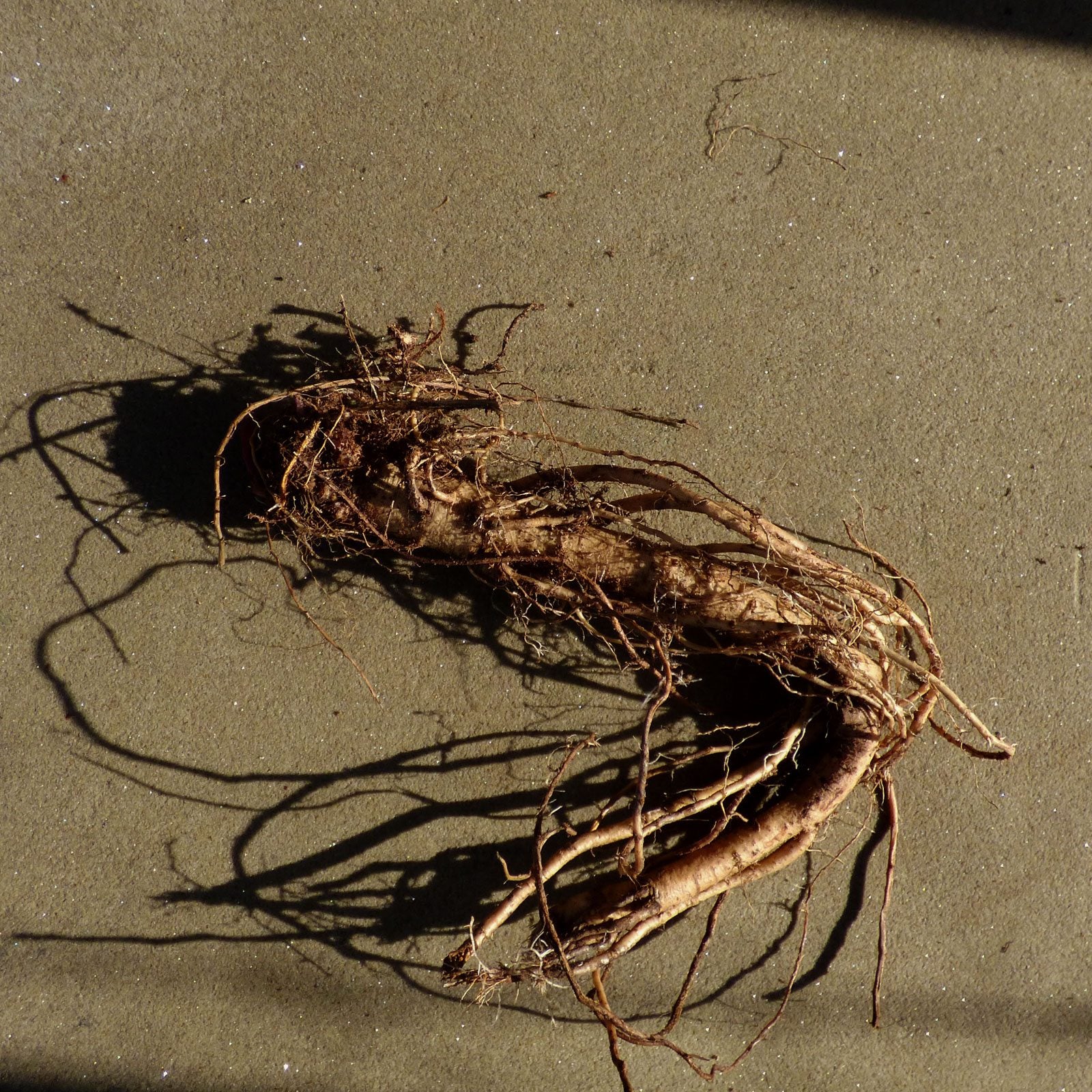

Growing hollyhocks in a sunny garden makes a statement. Beautiful blooms may tower up to 9 feet (2 m.) tall and can be used as an old-fashioned focal point in a garden bed. Large blooms are long-lasting when planted correctly. Planting hollyhock roots is the best way to start this large and attractive flower.
About Hollyhock Bare Root Plants
Healthy bare root plants don't have the susceptibility to the dreaded rust disease as those started in other ways. Seed-grown hollyhocks and those started from cuttings often start life in a weaker form and are more prone to develop rust disease, a disease that plagues long-time hollyhock growers. Plants grown from seed may not be true to the parent plant either.
More than 60 species of bare-root hollyhock plants are available. Hollyhock plants are biennials or short-lived perennials. Some do not bloom until the second year after starting bare-root plants, but you should see foliage growth the first year. Most hollyhock plants are of the Alcea species, of the family Malvaceae.
How to Grow Bare Root Hollyhocks
Learning how to grow bare root hollyhocks is a challenge for some. Follow a few simple steps, however, and you'll have a wealth of beautiful blooms from the hollyhocks as well as from other bare root plants. When purchasing bare root plants, keep a few things in mind.
Buy firm, healthy roots without blemishes. Soft spots or mildew can indicate a diseased specimen. Bare root plants should not be broken. If you've bought bare roots with any of these problems, follow the instructions below before planting.
Planting Hollyhock Roots
Bare root hollyhock plants usually come in plastic packaging protected by peat moss or sawdust. Remove the fleshy roots from the bag and lightly shake off the protective material. Trim any damage from the roots, such as mold or breakage. Bare root hollyhock plants often appear to be dried out, so soak them in a tub of water for 10 minutes to rejuvenate them. They may also be soaked overnight, but don't leave them in water long enough to get soft.
Plant hollyhock roots in a prepared hole in the right location. The hole should be wider than the roots and deep enough to encourage the long taproot of bare root hollyhock plants to easily grow downward.
Gardening tips, videos, info and more delivered right to your inbox!
Sign up for the Gardening Know How newsletter today and receive a free copy of our e-book "How to Grow Delicious Tomatoes".
When planting, the taproot should point downward. Don't plant too deeply though, just a couple of inches (5 cm.) below the soil. Bare root hollyhocks can be set on a mound of loose soil in the middle of the hole with another hole in the center for the taproot.
The bud or crown of the bare root hollyhock should point upward and be level with the surrounding soil. Gently press the roots into the soil for good contact and cover with soil. After covering the bare root plant with soil, water well and add a layer of mulch.
Bare root hollyhock plants should not be allowed to dry out; neither should they sit in waterlogged soil. When planting hollyhock roots in spring, cover them with a box or newspaper if spring days get unseasonably warm.

Becca Badgett was a regular contributor to Gardening Know How for ten years. Co-author of the book How to Grow an EMERGENCY Garden, Becca specializes in succulent and cactus gardening.
-
 4 Superfast Composting Methods: Turn Waste Into Garden Gold In 30 Days Or Less
4 Superfast Composting Methods: Turn Waste Into Garden Gold In 30 Days Or LessTry the fastest composting methods to turbocharge your pile and transform kitchen scraps and garden waste into finished compost in just a few weeks.
By Mary Ellen Ellis
-
 Best Spider Plant Soil – Complete Soil Guide And Expert Tips For Keeping Plants Happy
Best Spider Plant Soil – Complete Soil Guide And Expert Tips For Keeping Plants HappySpider plants are fun and easy plants to grow, but what is the best soil for a spider plant? Selecting the right soil is important so they can thrive.
By Bonnie L. Grant
-
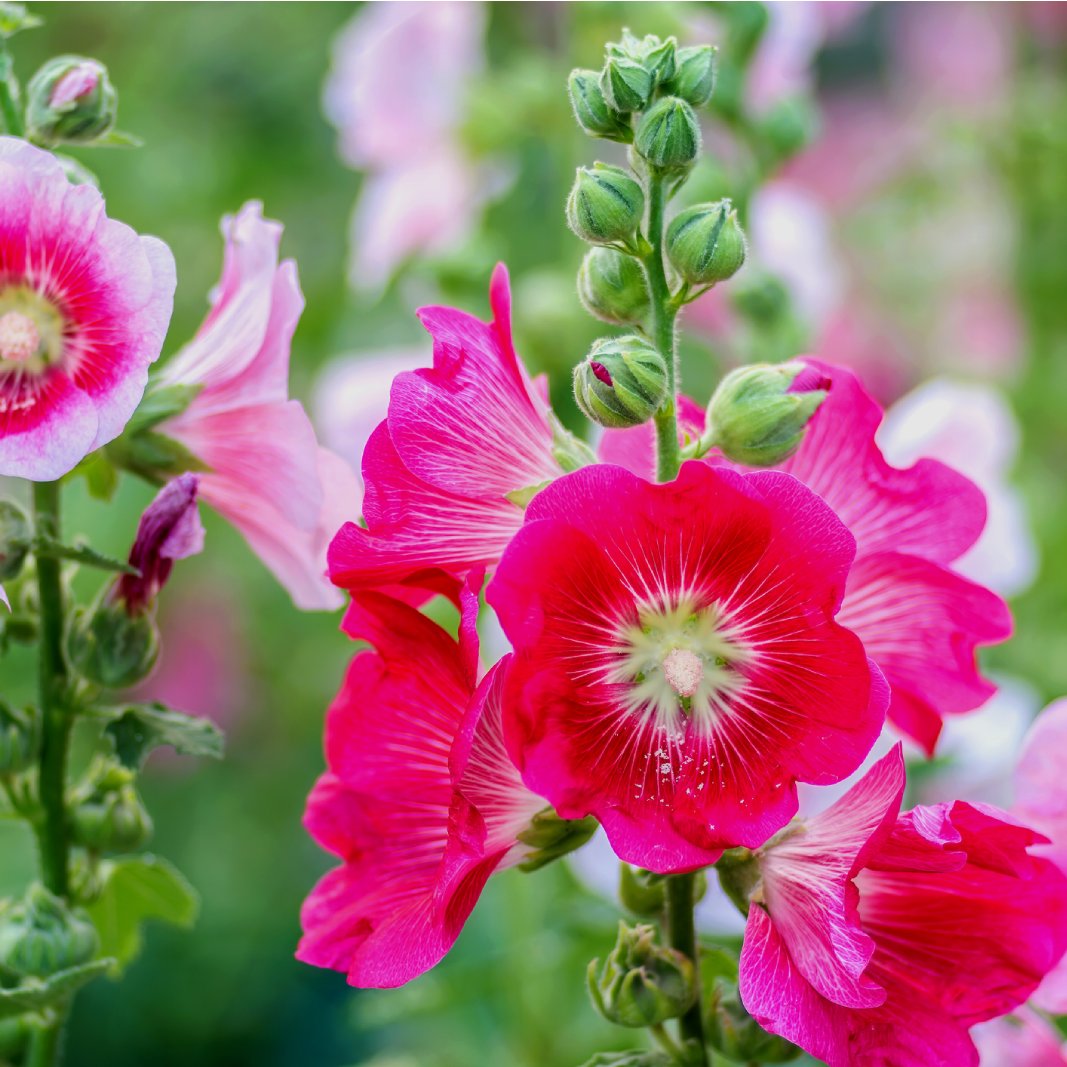 Hollyhock Feeding Made Simple: Fertilizing Hollyhocks For Better Blooms
Hollyhock Feeding Made Simple: Fertilizing Hollyhocks For Better BloomsFertilizing hollyhocks will help these old-fashioned beauties thrive and bloom, adding stately color and height to any ornamental garden.
By Tonya Barnett
-
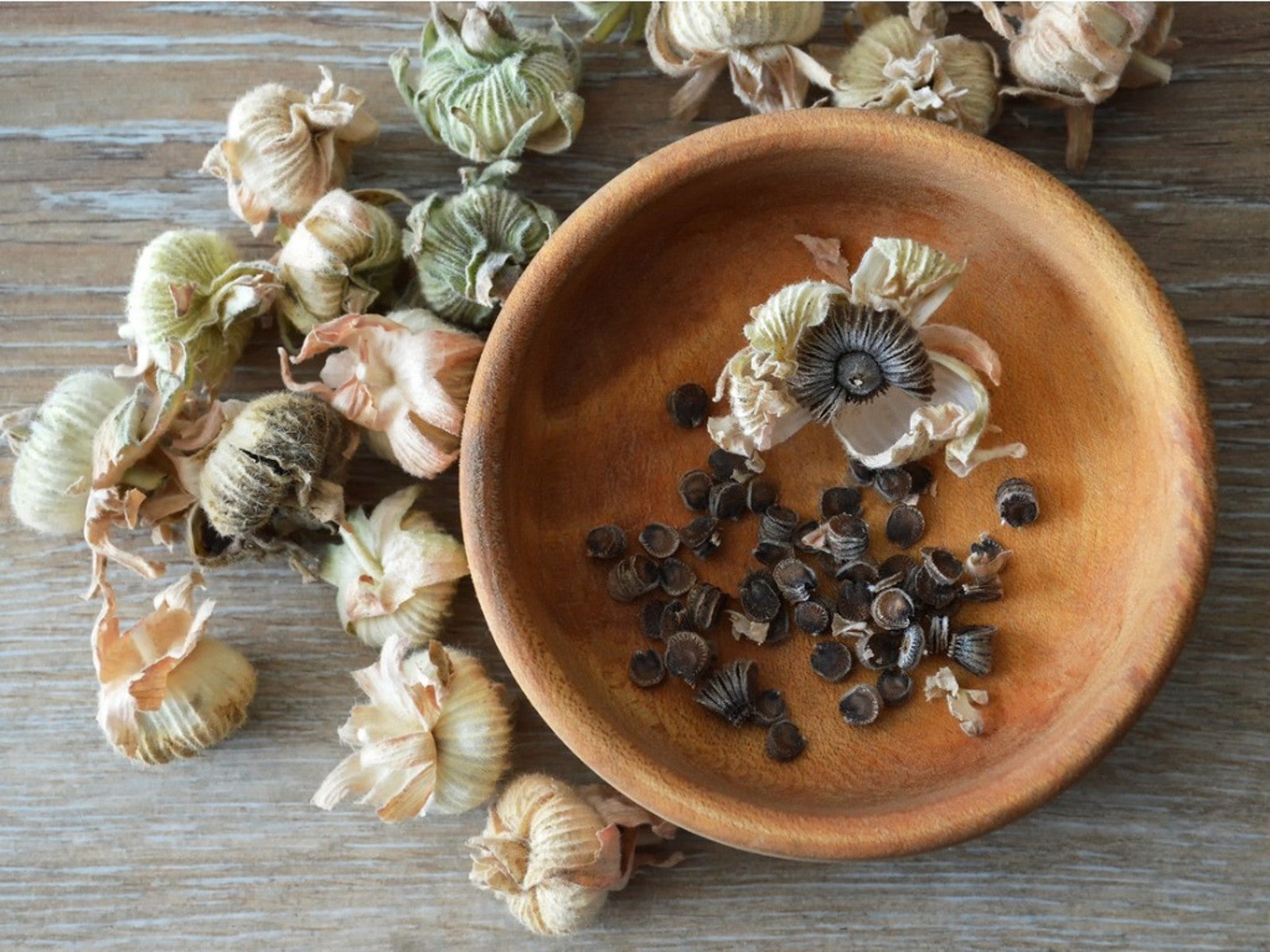 When And How To Harvest Hollyhock Seeds
When And How To Harvest Hollyhock SeedsWant to know how to harvest and collect hollyhock seeds? Click here to learn everything there is to know.
By Tonya Barnett
-
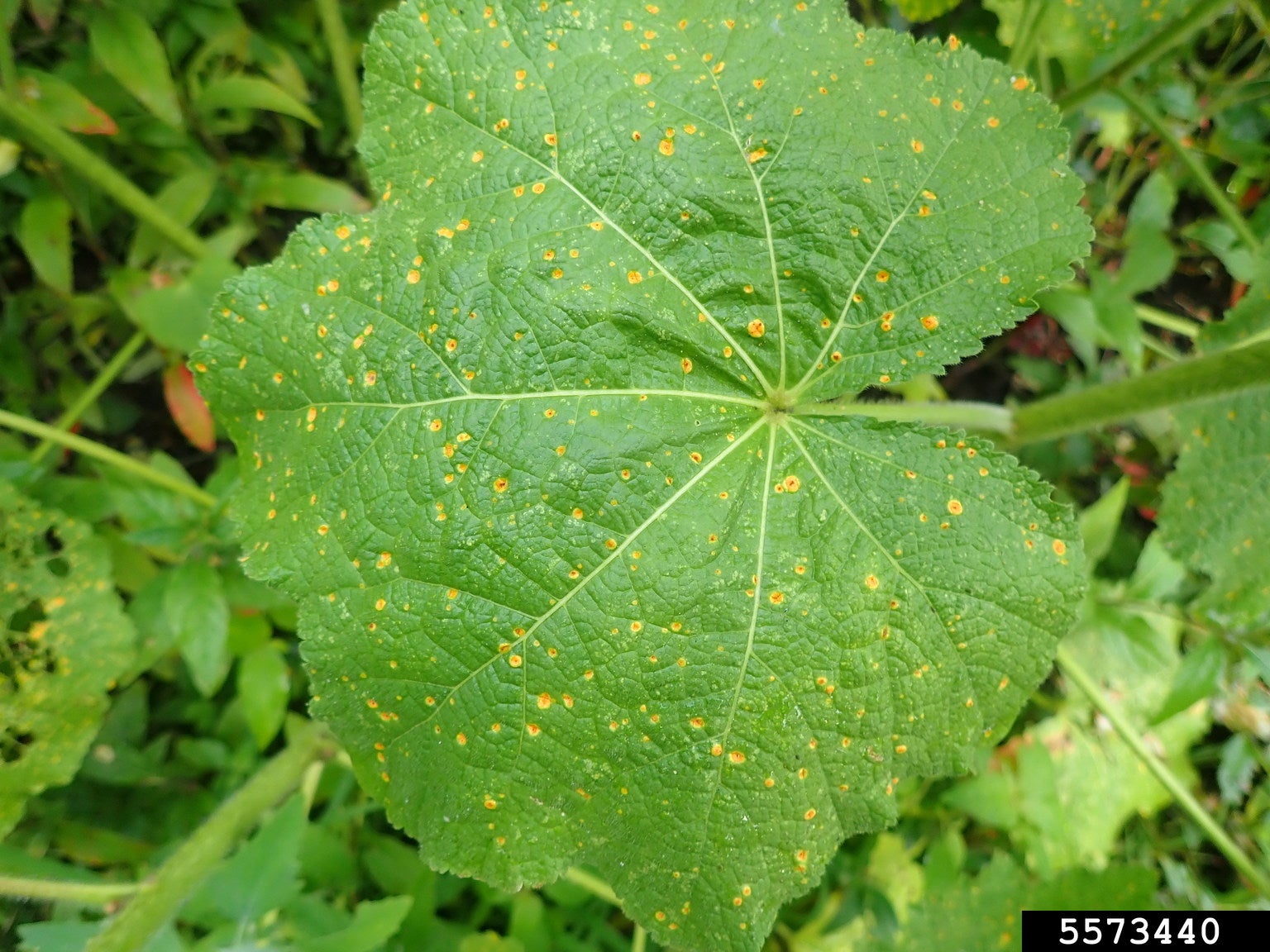 Treating Hollyhock Leaf Spot – Learn About Hollyhock Leaf Spot Control
Treating Hollyhock Leaf Spot – Learn About Hollyhock Leaf Spot ControlHollyhocks can be plagued by leaf spot diseases. Sanitation and proper irrigation generally keep the disease in check. Click here for more info.
By Mary H. Dyer
-
 Hollyhock Pest Control: Are Hollyhock Nematodes Good Or Bad
Hollyhock Pest Control: Are Hollyhock Nematodes Good Or BadYour hollyhocks are stunted with poor flower production. They wilt easily and look yellowish. You're not sure why they’re are failing. Perhaps, it's because the trouble lies under the soil. You may have hollyhock nematode problems. This article can help with that.
By Laura Miller
-
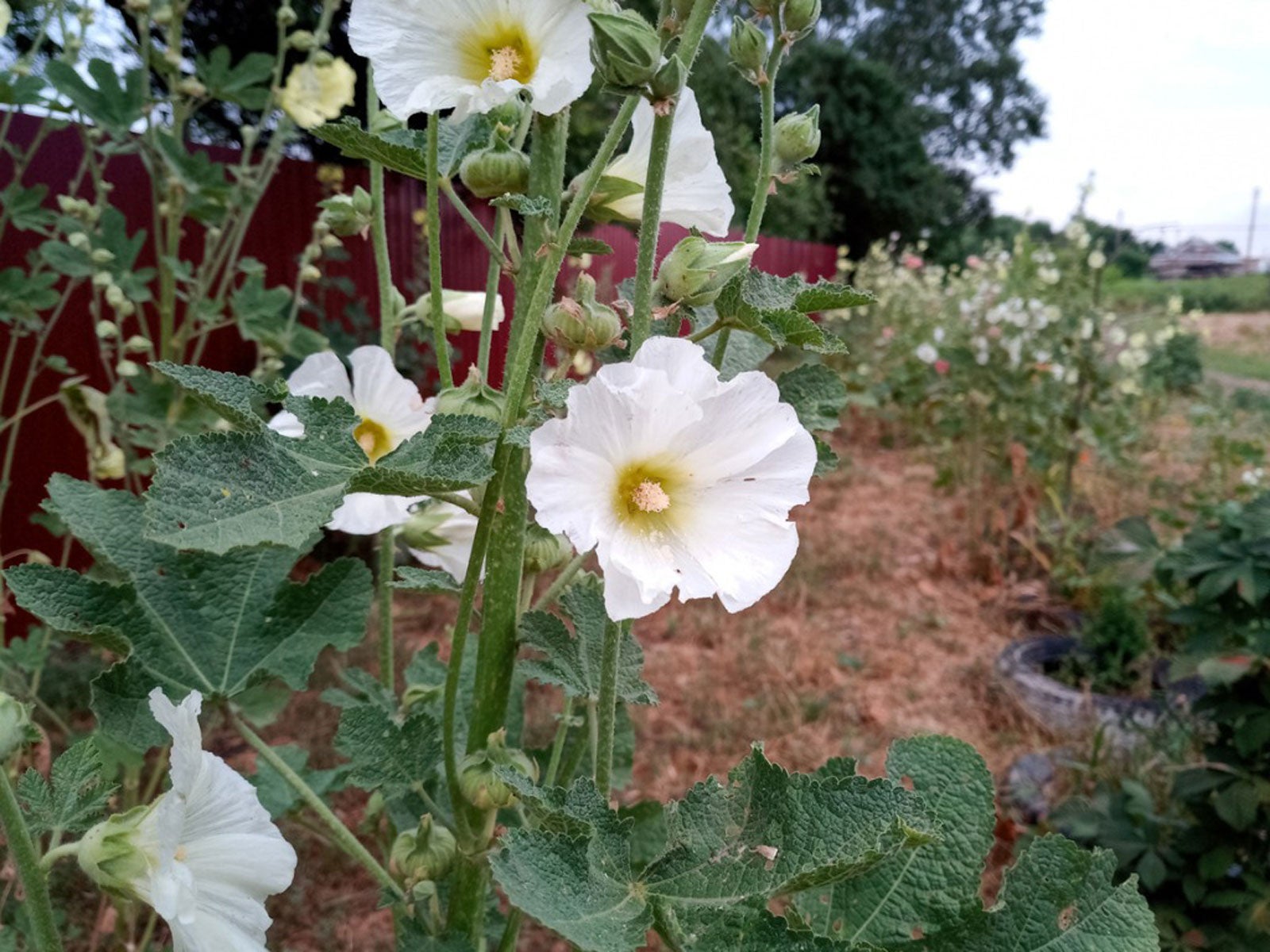 Hollyhock Anthracnose Symptoms: Treating Hollyhock With Anthracnose
Hollyhock Anthracnose Symptoms: Treating Hollyhock With AnthracnoseAnthracnose is one of the most destructive diseases of hollyhock plants. To learn about symptoms and management, click here.
By Mary Ellen Ellis
-
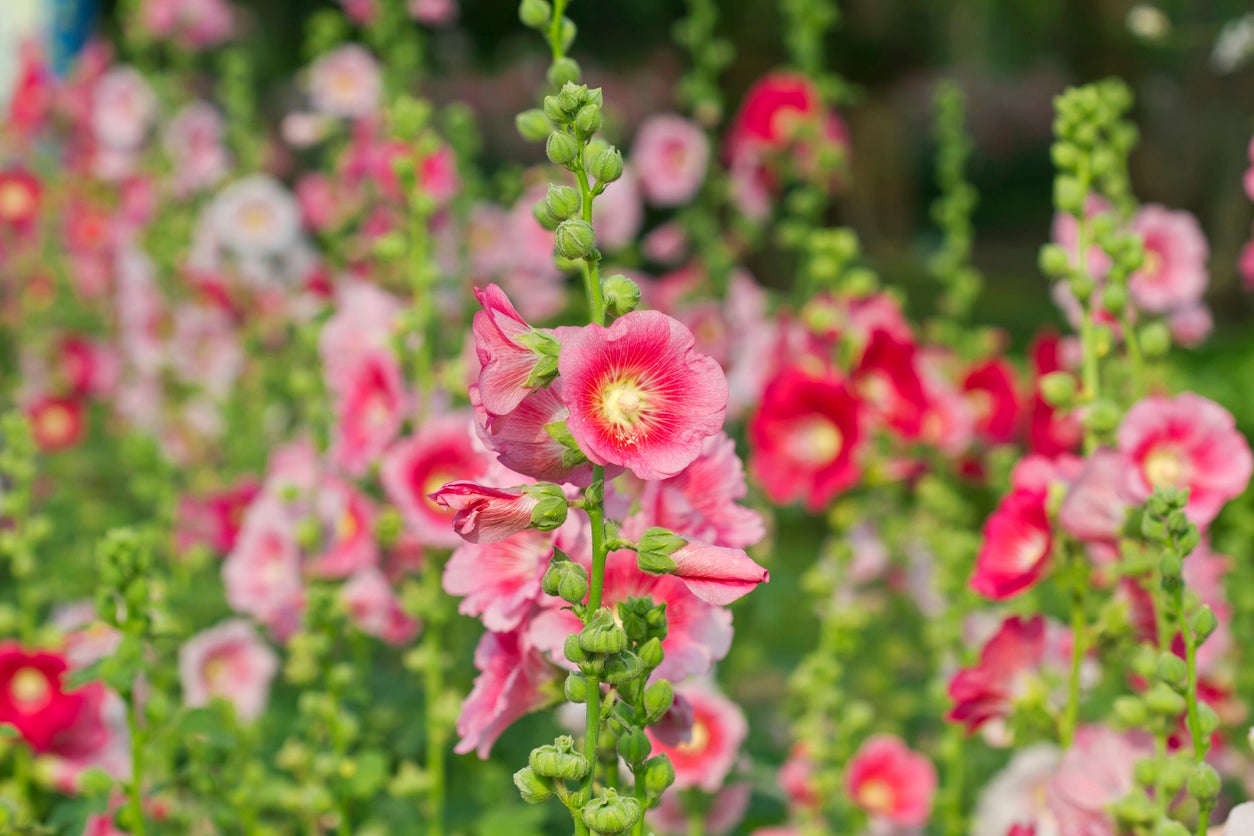 Hollyhock Flower Removal: Do Hollyhocks Need To Be Deadheaded
Hollyhock Flower Removal: Do Hollyhocks Need To Be DeadheadedHollyhocks are the showstoppers of the flower garden with towering blooms. To make the most of these gorgeous flowers, know how best to care for them. Do hollyhocks need to be deadheaded? Yes. Learn more in this article.
By Mary Ellen Ellis
-
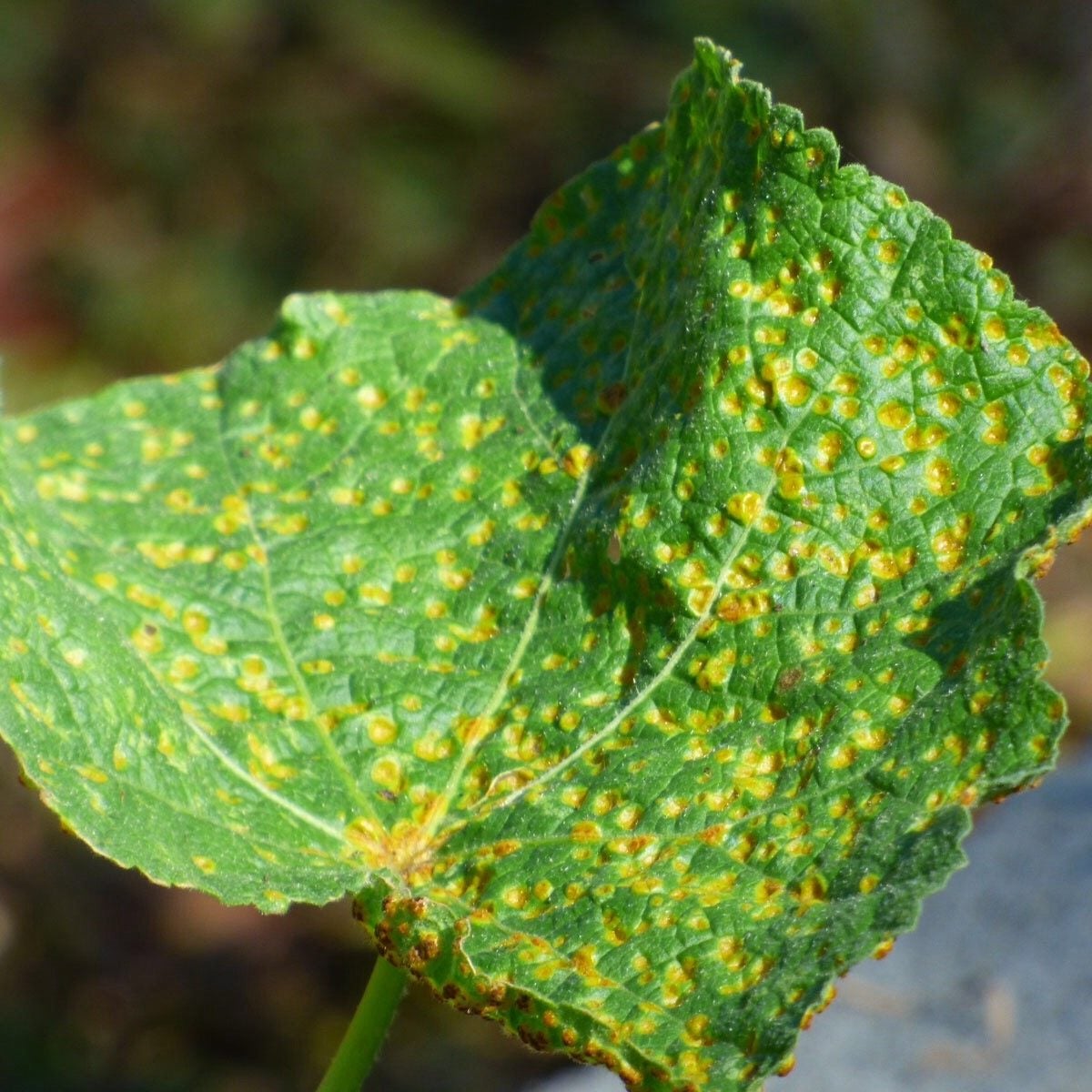 Hollyhock Rust Treatment: How To Control Hollyhock Rust In Gardens
Hollyhock Rust Treatment: How To Control Hollyhock Rust In GardensIf you've ever grown hollyhocks in a hot humid climate, you've probably seen its leaves with yellow spots on top and reddish-brown pustules on the undersides that indicate hollyhock rust. Find out how to control hollyhock rust in this article.
By Jackie Carroll
-
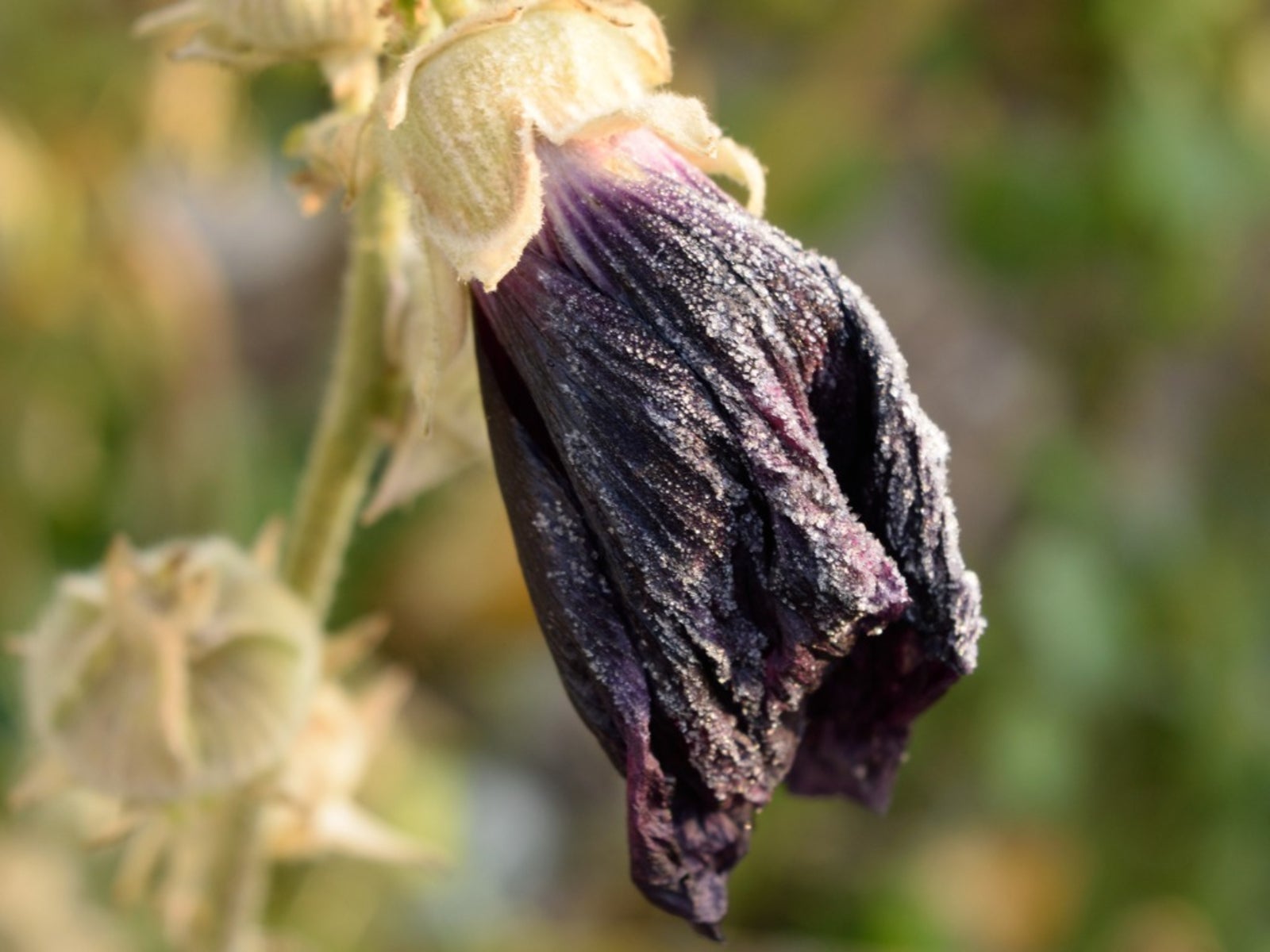 Hollyhock In Winter: How To Winterize Hollyhock Plants
Hollyhock In Winter: How To Winterize Hollyhock PlantsHollyhocks die back in winter, but you still need to protect the roots. Discover how to winterize hollyhock in this article so you can continue to enjoy their blooms next season.
By Bonnie L. Grant